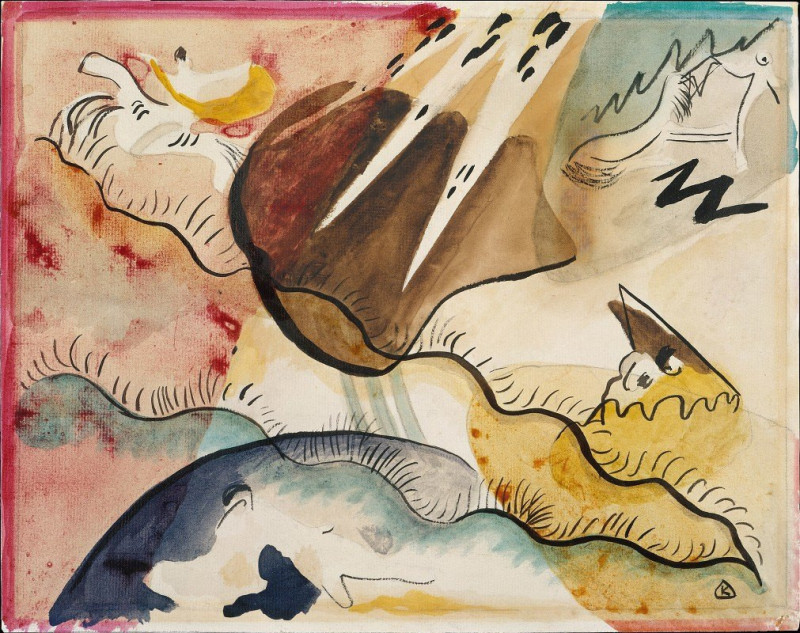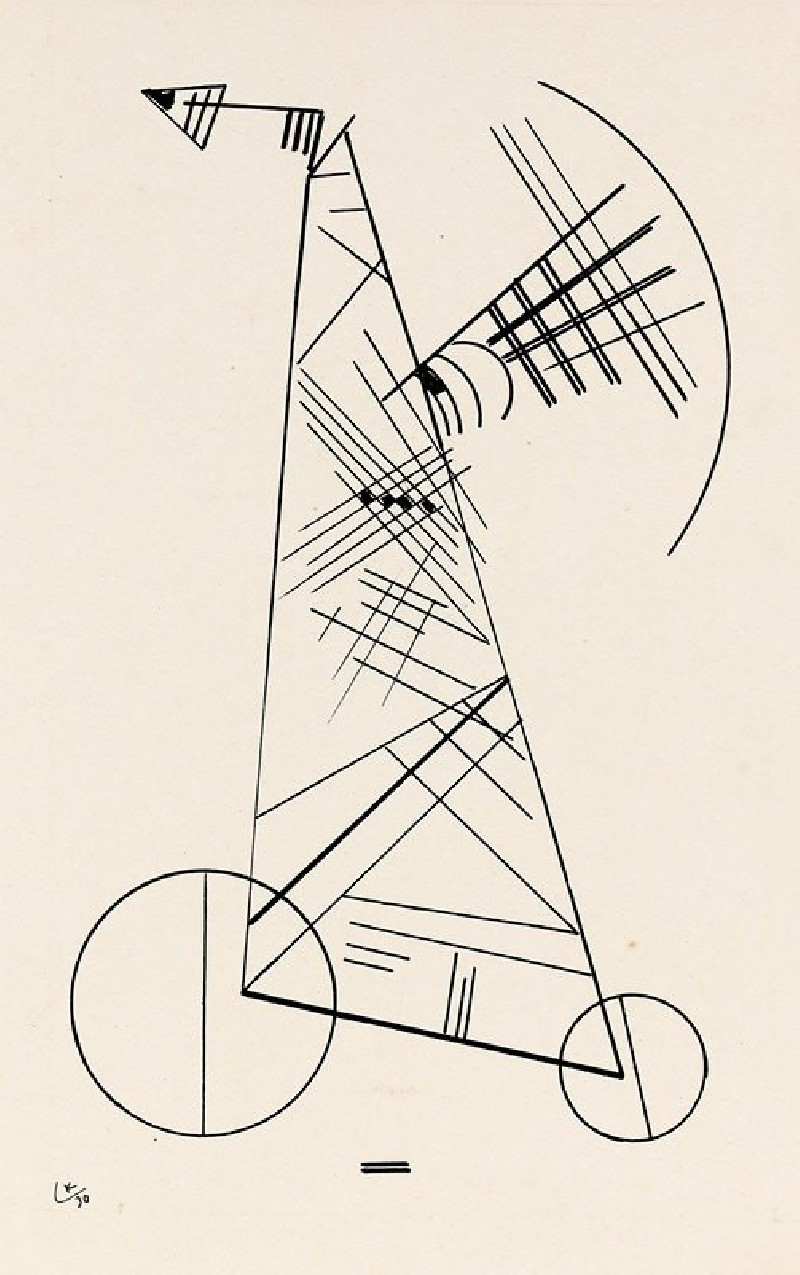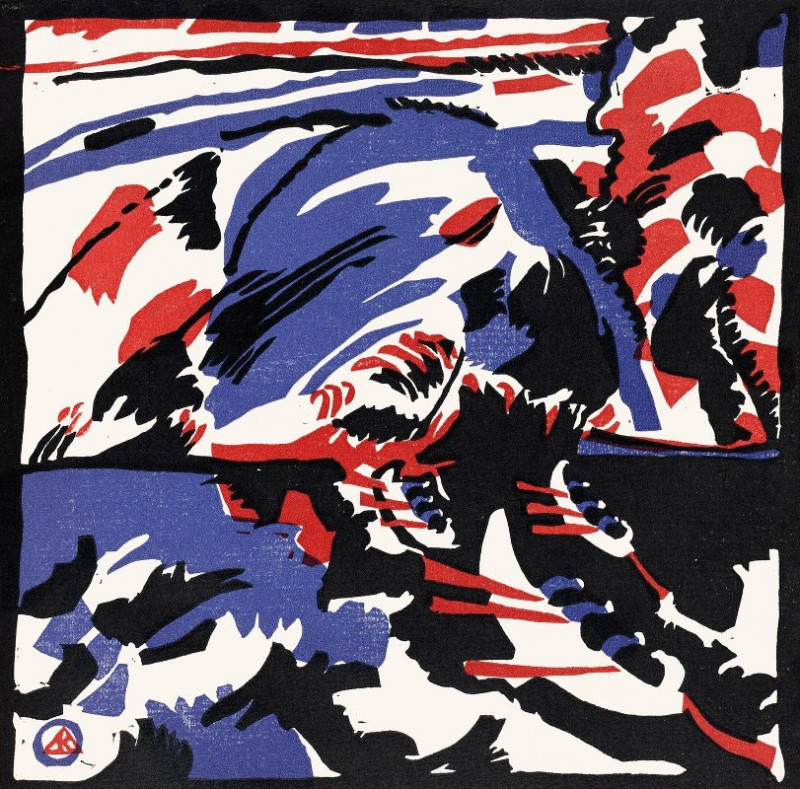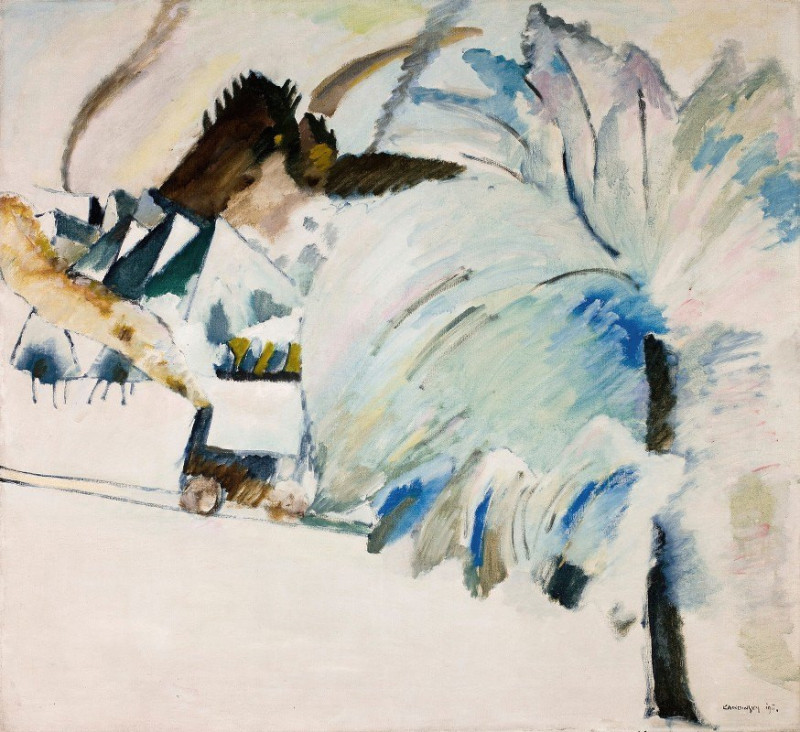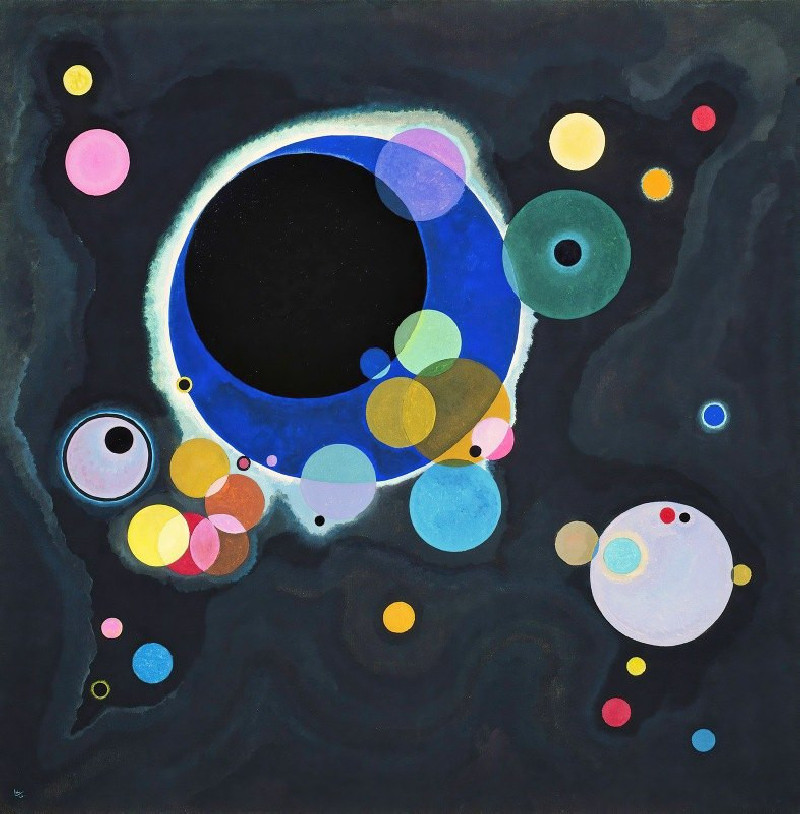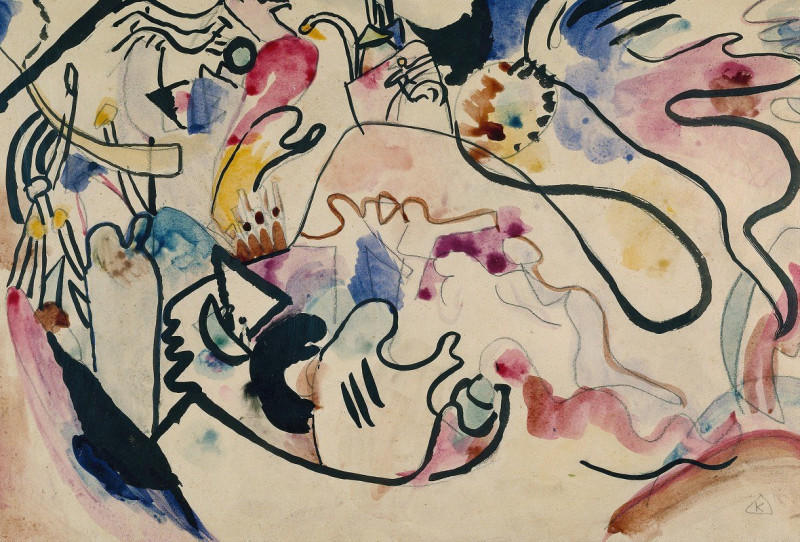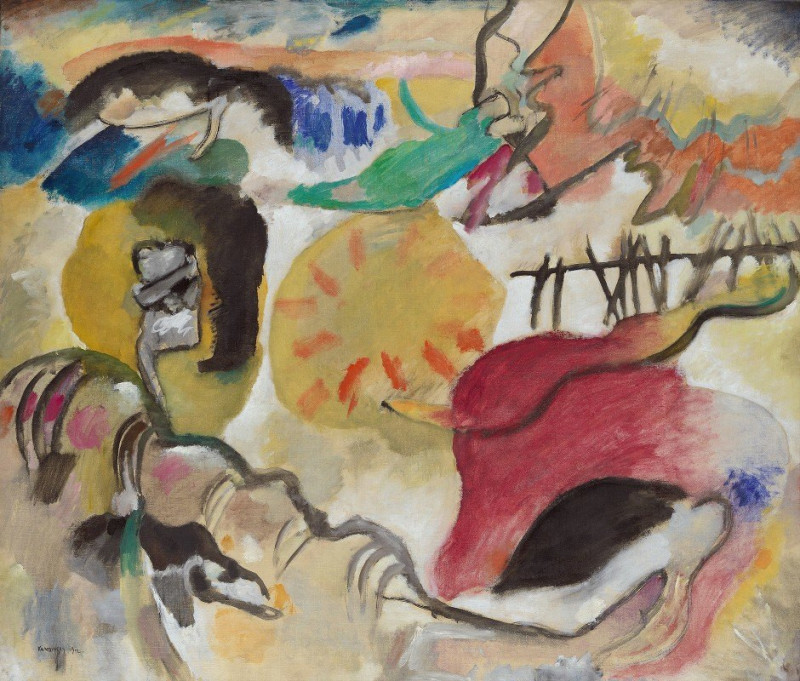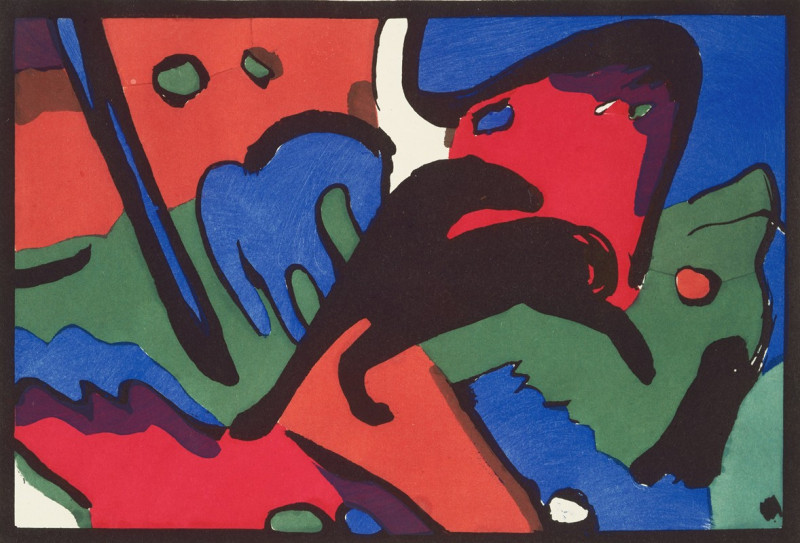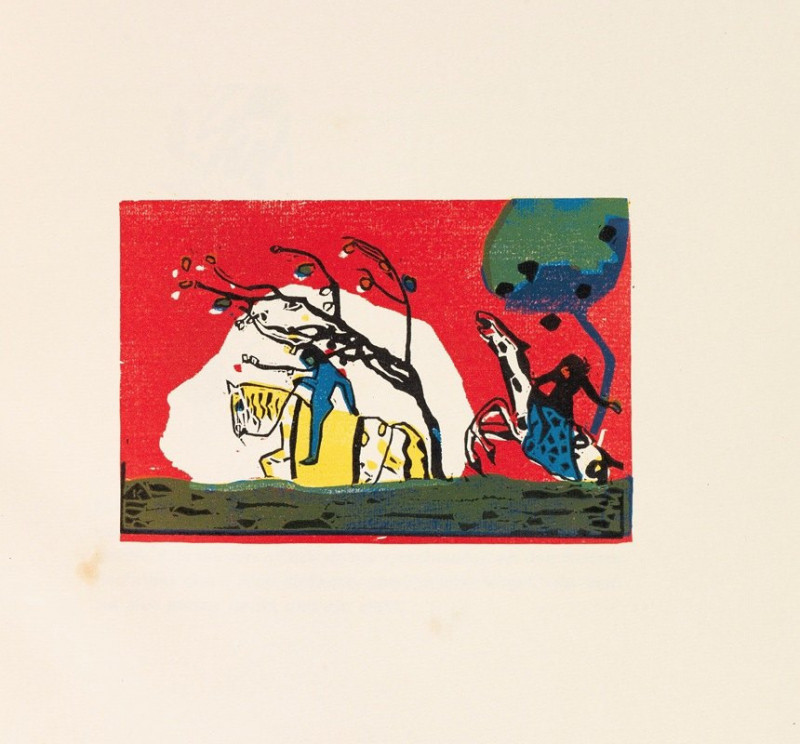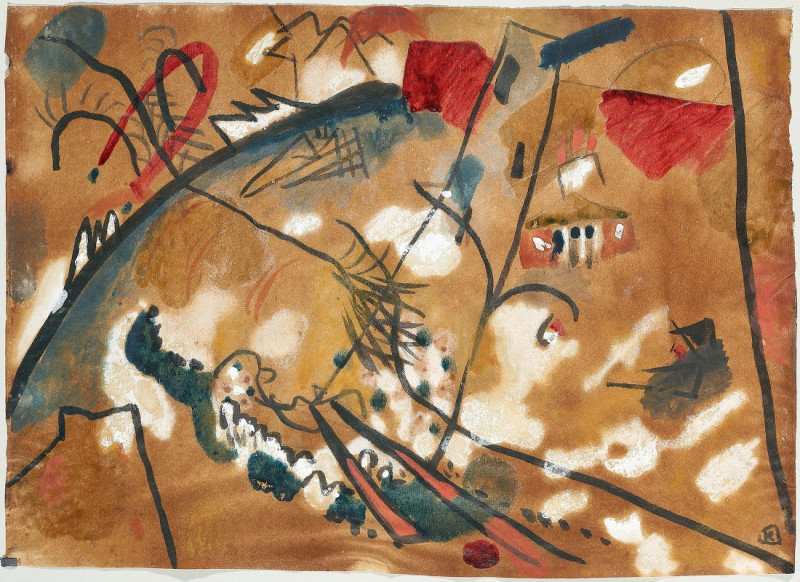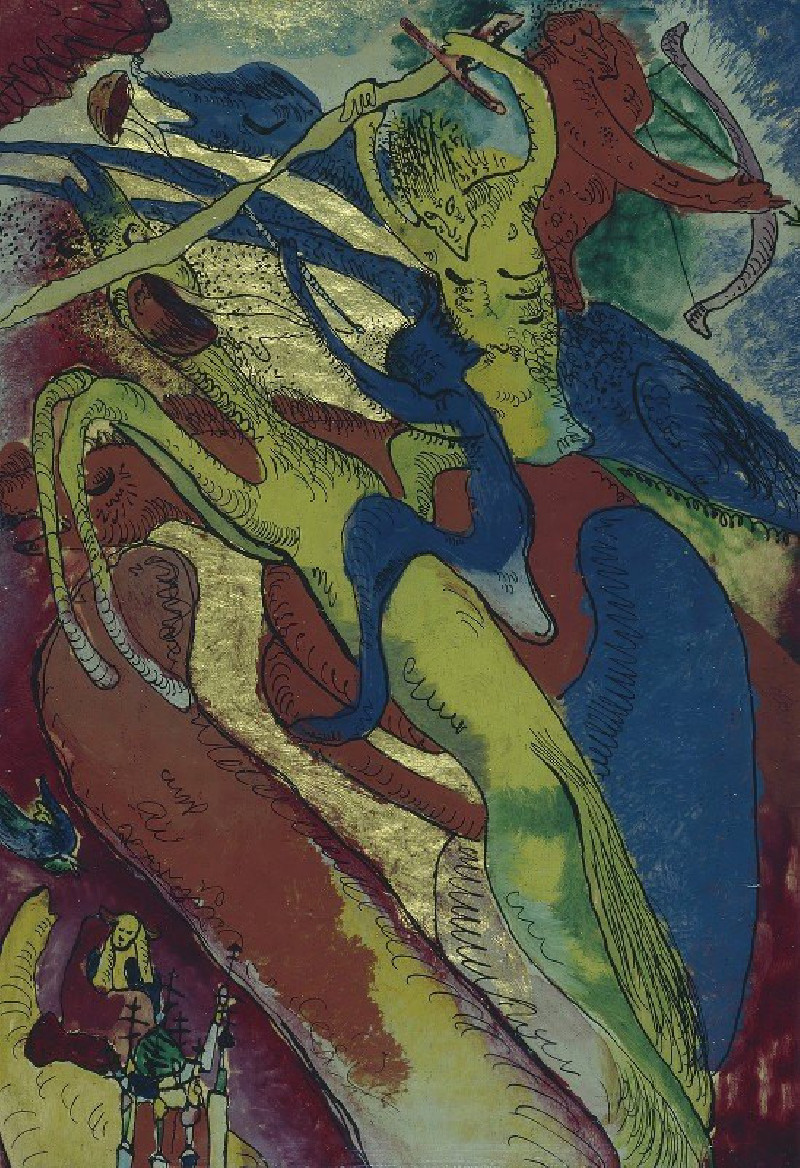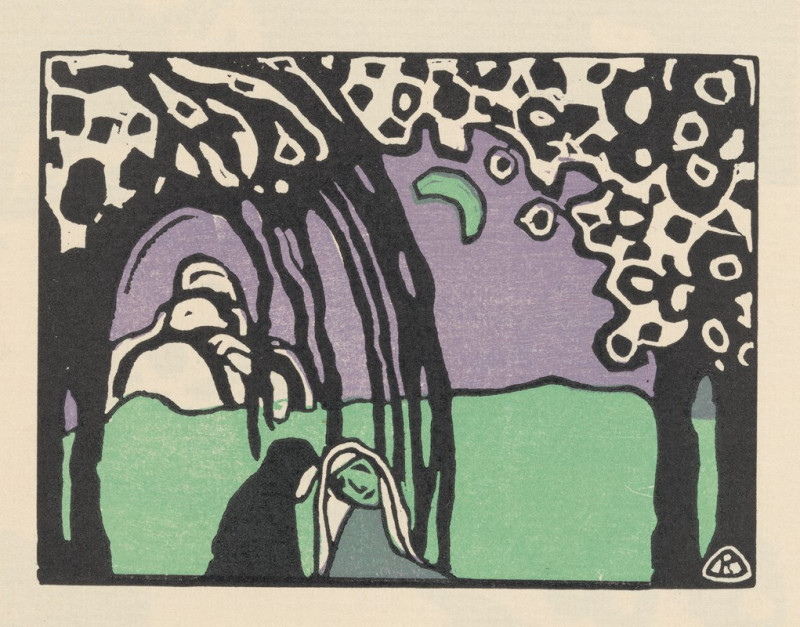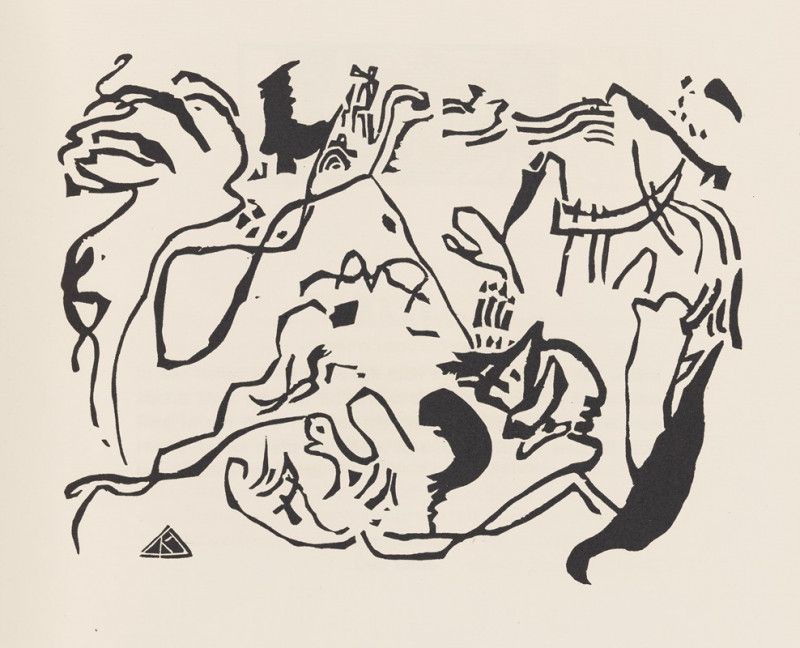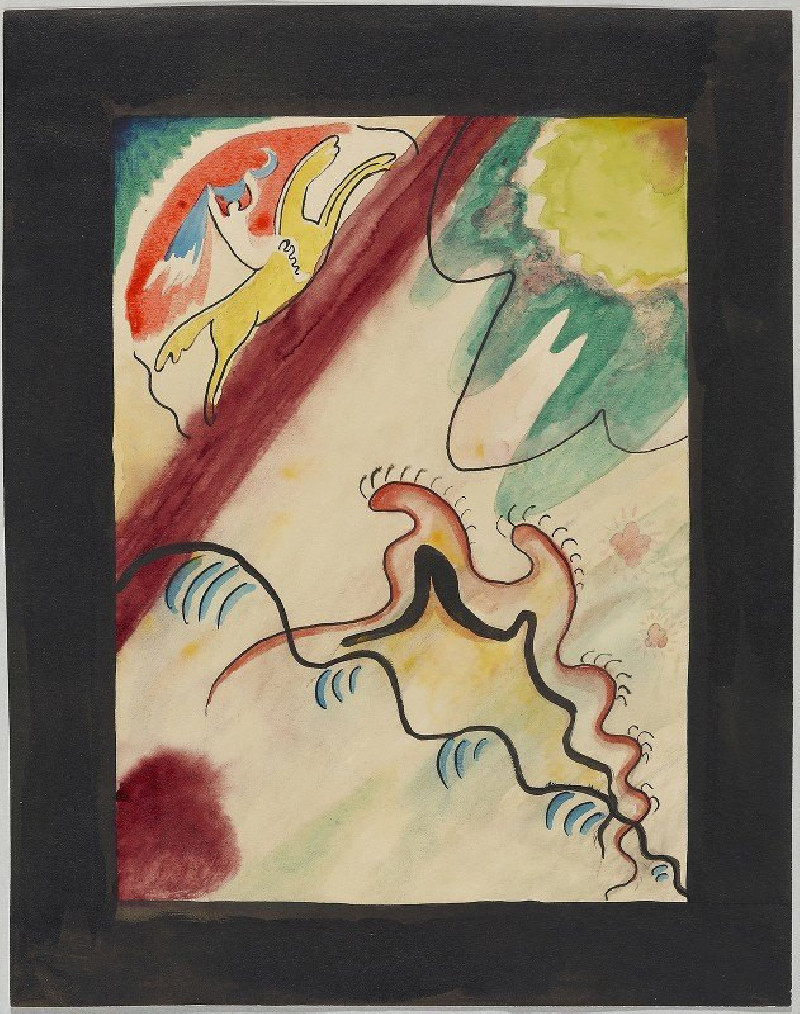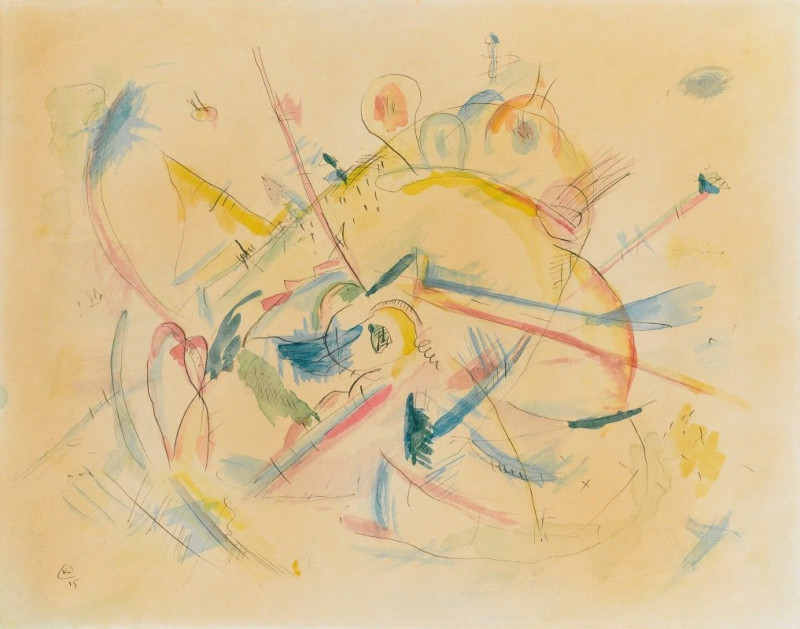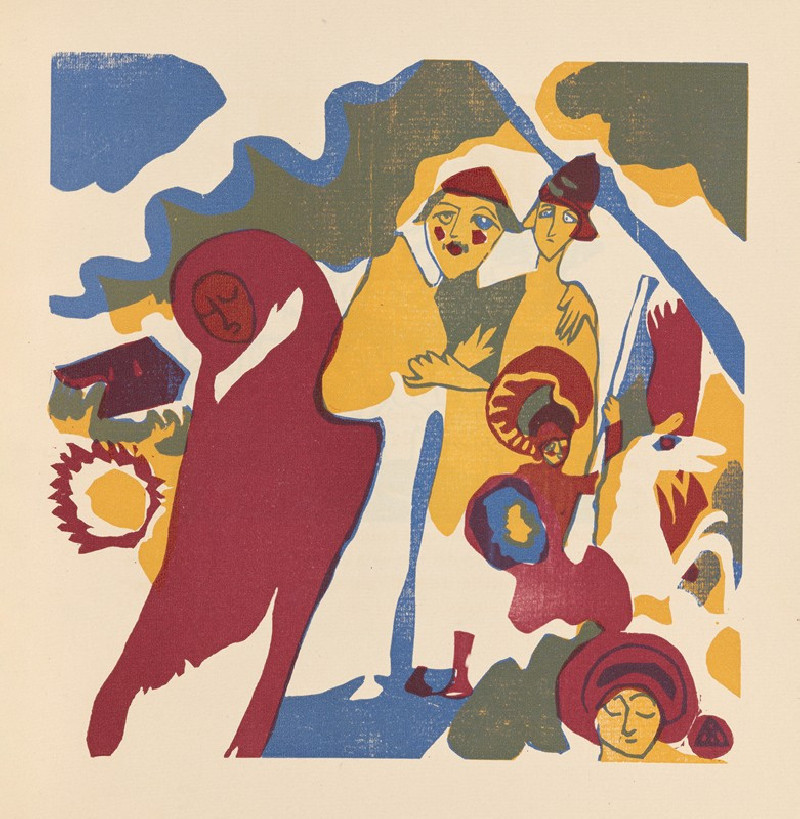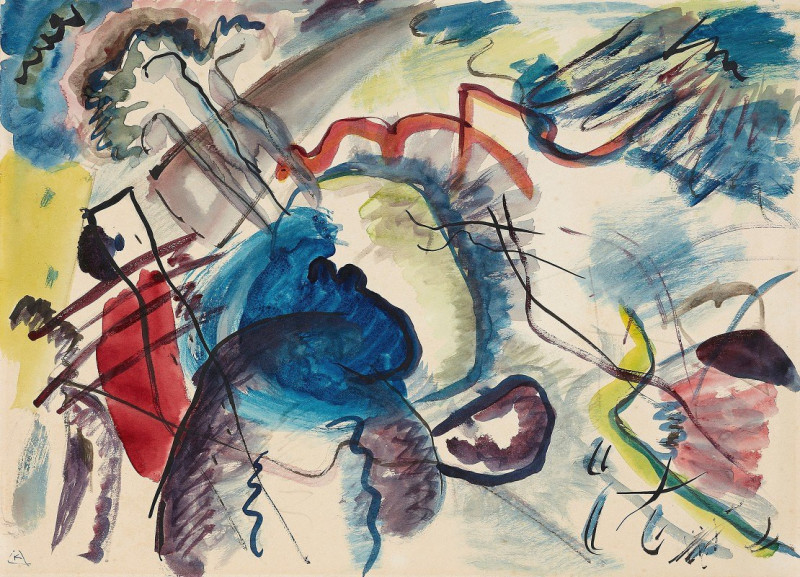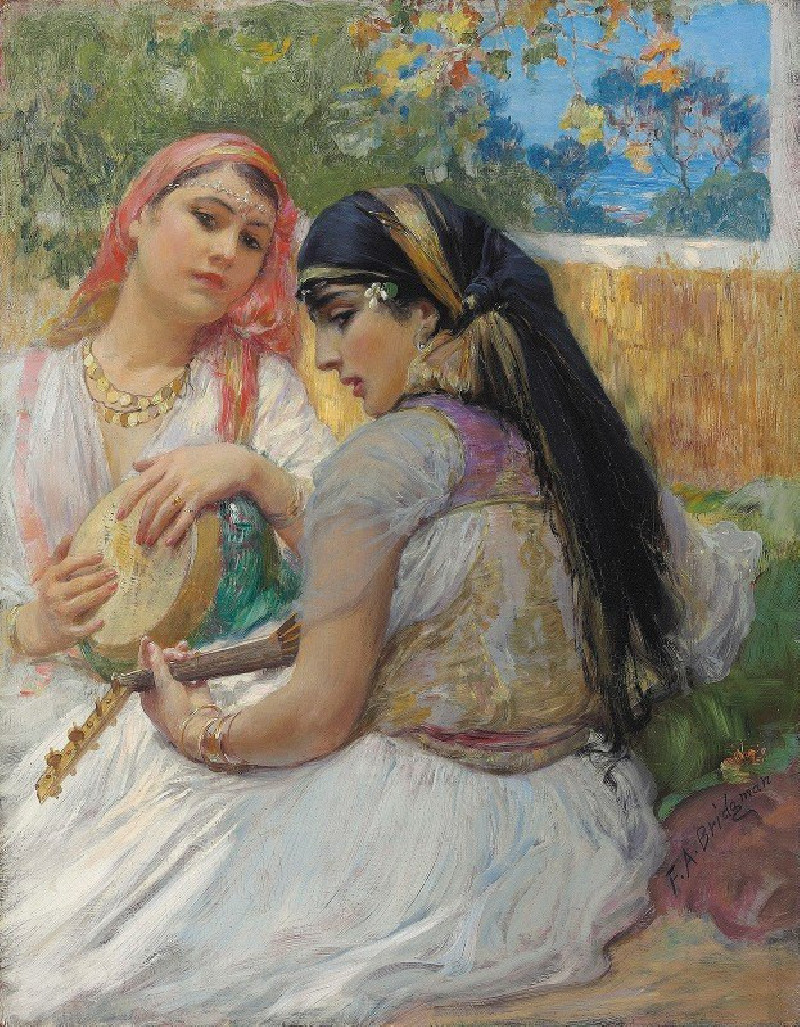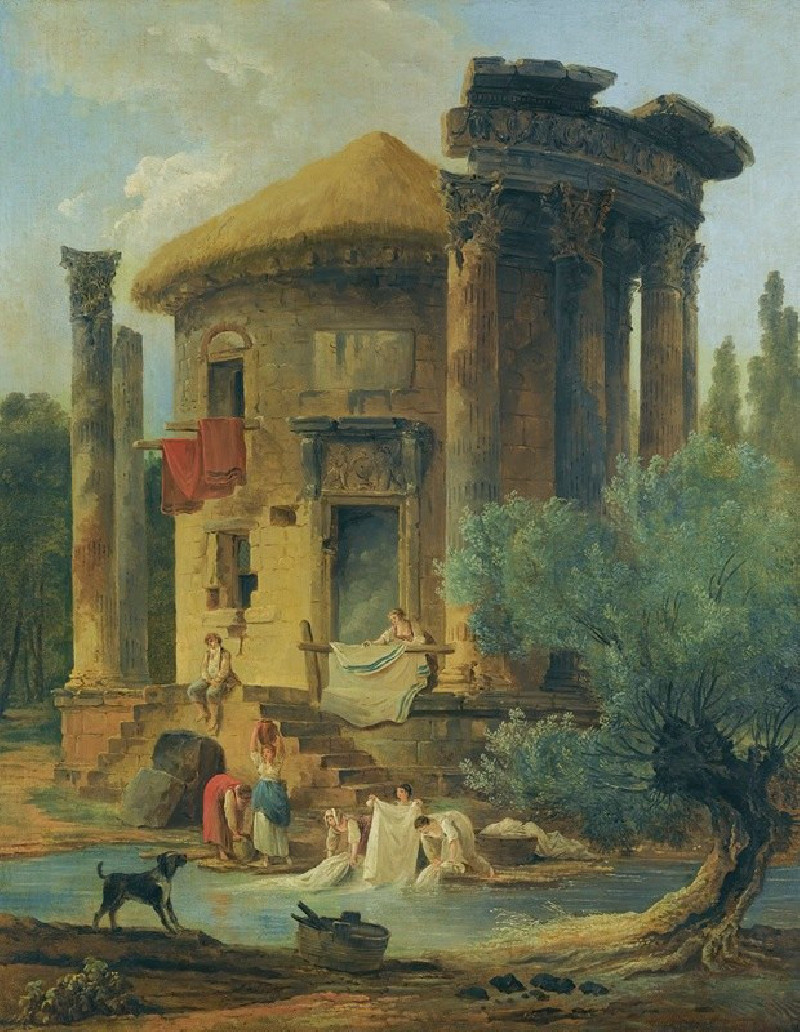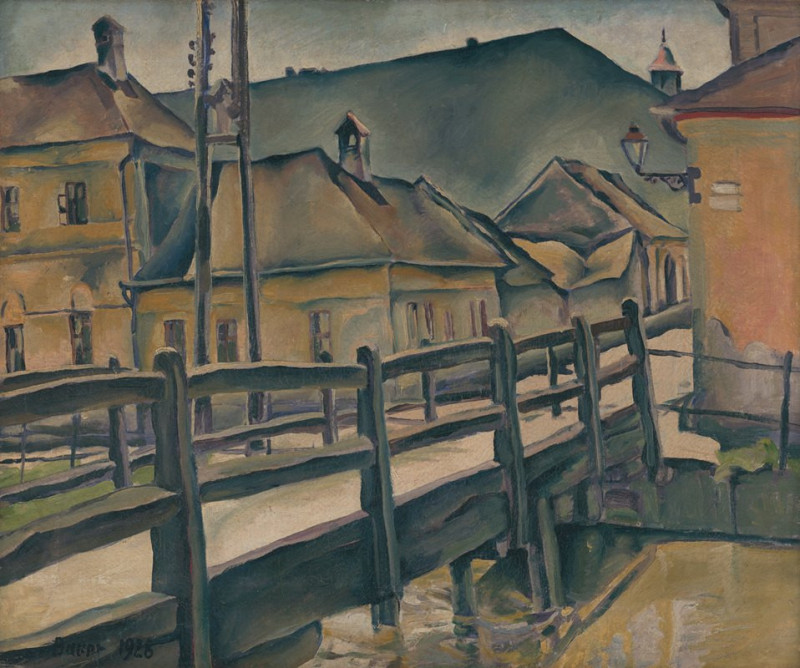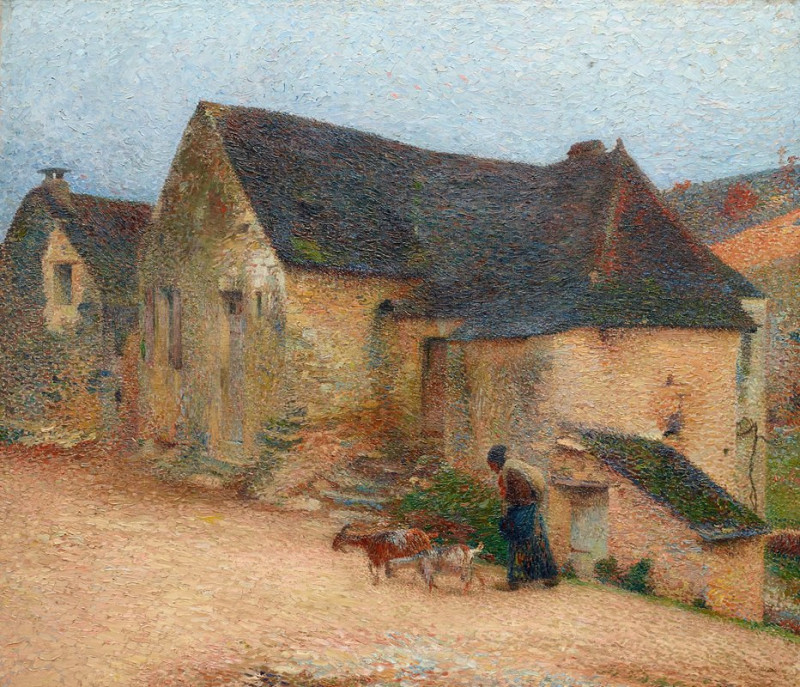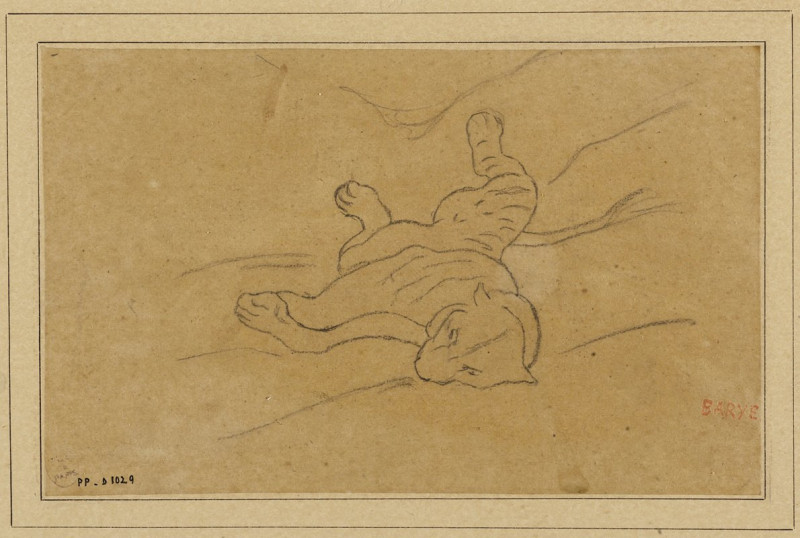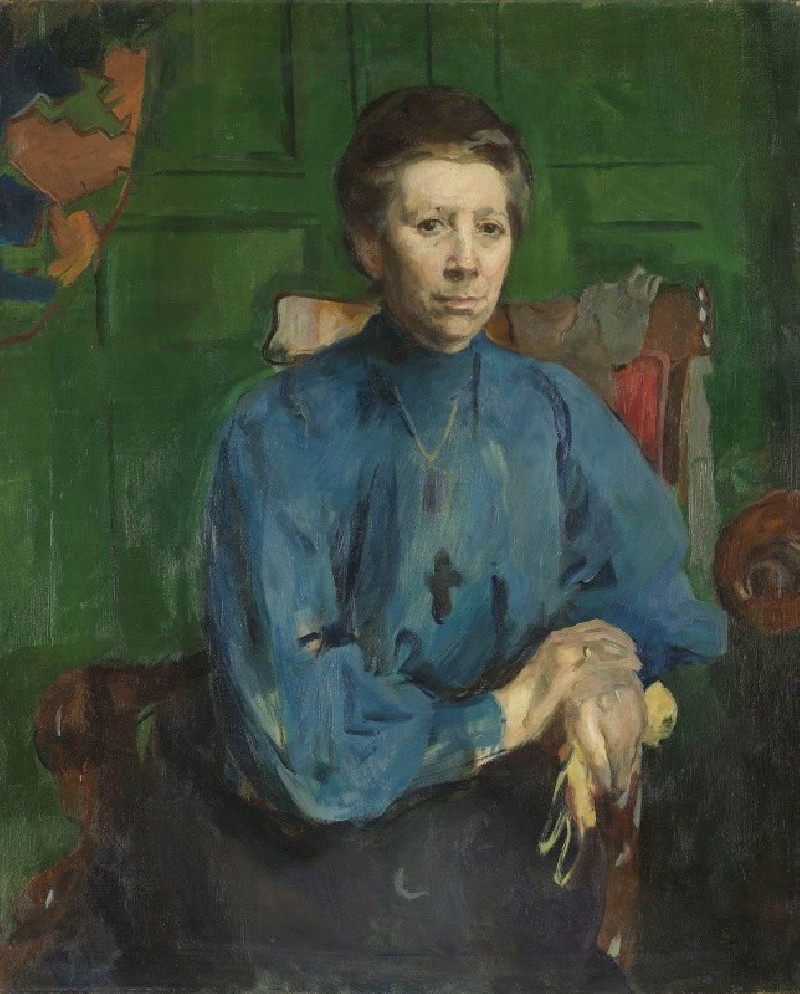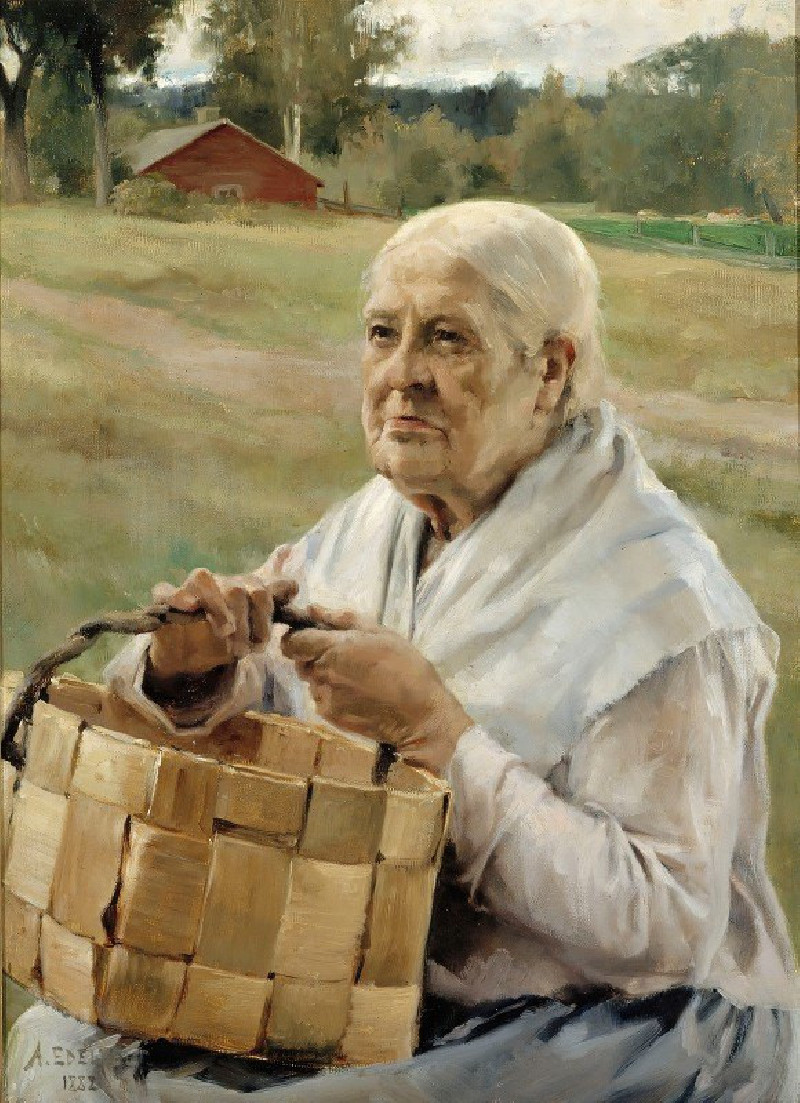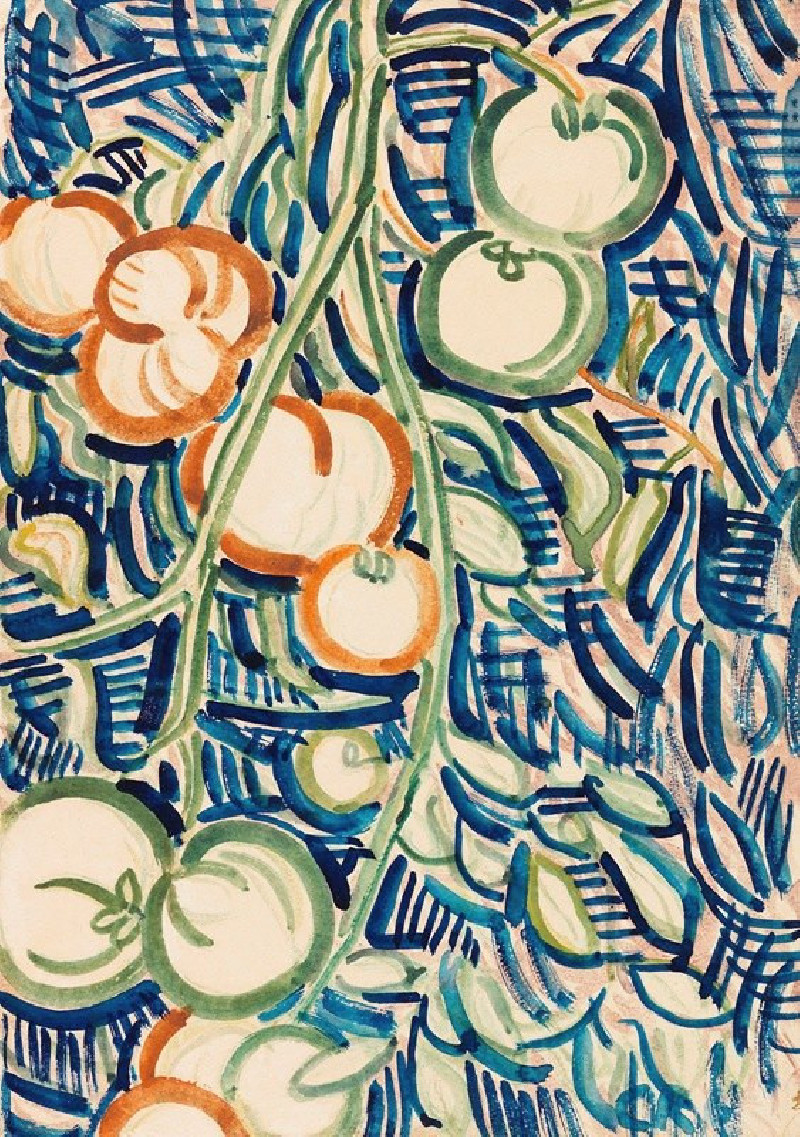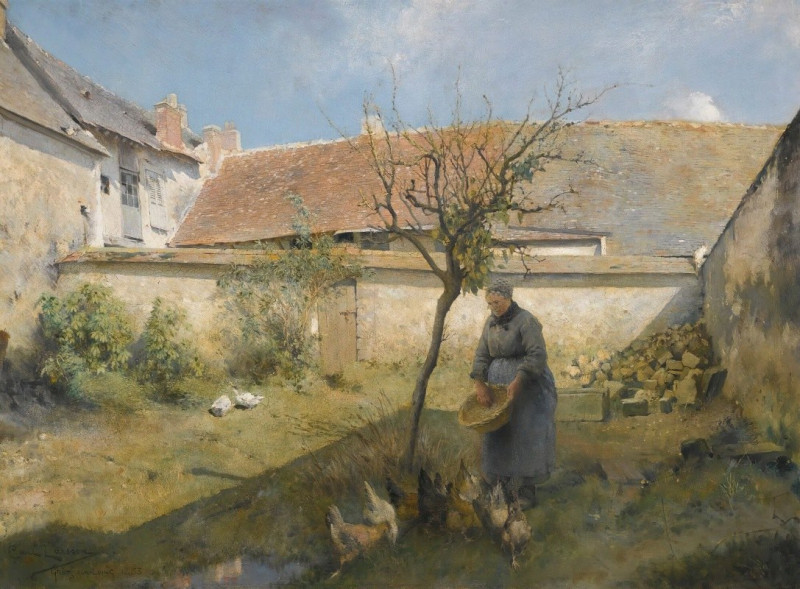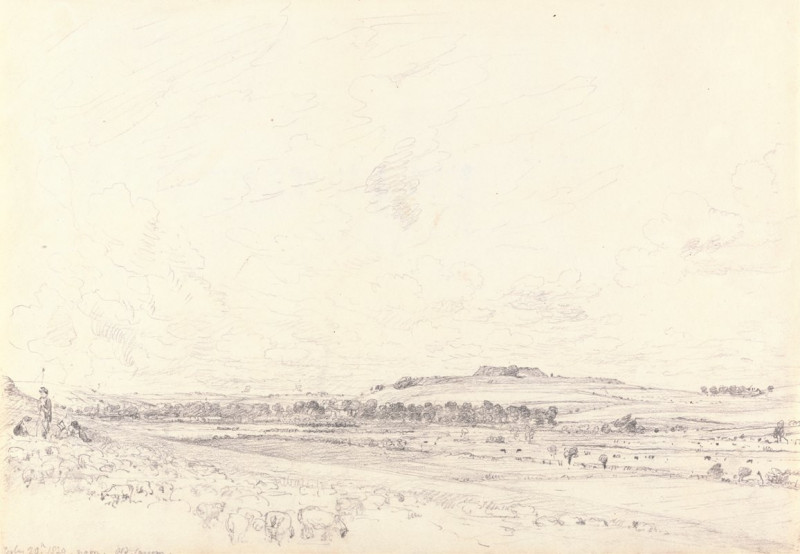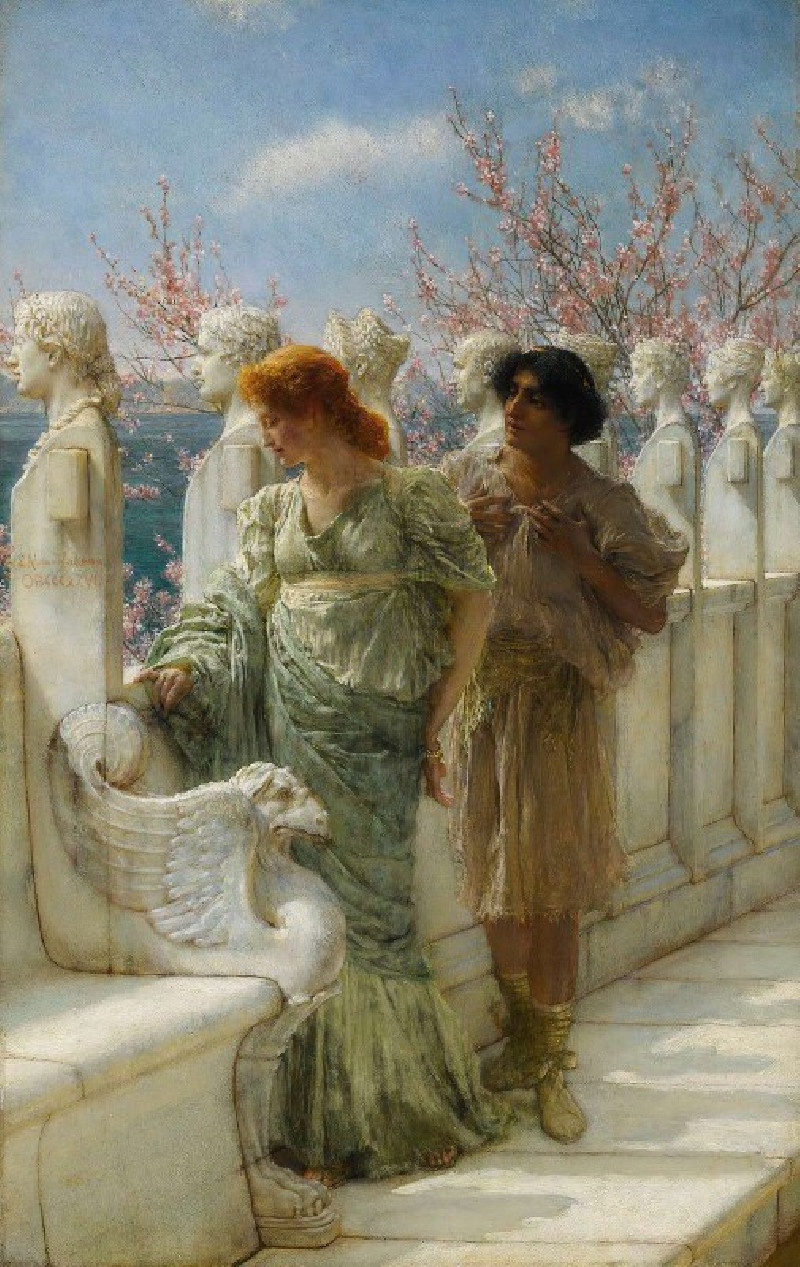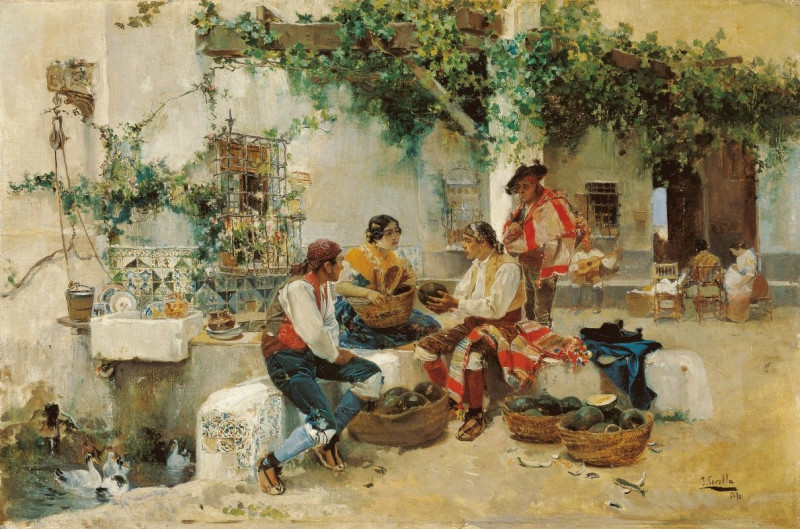Rain Landscape (1911)
Technique: Giclée quality print
Recommended by our customers
More about this artwork
"Rain Landscape" by Wassily Kandinsky, painted in 1911, is an illustration of Kandinsky's exploration into abstraction, which famously characterized much of his work. The painting doesn't depict a traditional landscape; rather, it conveys mood and atmosphere through abstract forms and vibrant use of colors.In the painting, you can observe an array of shapes and lines that might not immediately depict recognizable objects but instead seem to play with the idea of perception and emotion generated by the combination of these elements. The fluidity in the artwork might suggest moving forms, perhaps embodying the titular "Rain," as if raining down across the canvas in a storm of color and form.Kandinsky frequently aimed to evoke sound and emotion through his compositions, and here, the dynamic swirls and sharp angles might mimic the chaotic nature of a rainstorm, with perhaps a sense of something tumultuous and vibrant. Each viewer might see different forms, perhaps seeing hints of natural elements like clouds or raindrops in this abstracted environment.The use of color in "Rain Landscape" is also noteworthy – it ranges from soft washes of blue and grey to bolder splashes of yellow and black, possibly representing light and shadow during a rainstorm.
Delivery
Returns
Wassily Wassilyevich Kandinsky was a Russian painter and art theorist. Kandinsky is generally credited as the pioneer of abstract art. Born in Moscow, Kandinsky spent his childhood in Odessa, where he graduated at Grekov Odessa Art school. He enrolled at the University of Moscow, studying law and economics. Successful in his profession—he was offered a professorship (chair of Roman Law) at the University of Dorpat today Tartu, Estonia)—Kandinsky began painting studies (life-drawing, sketching and anatomy) at the age of 30.

